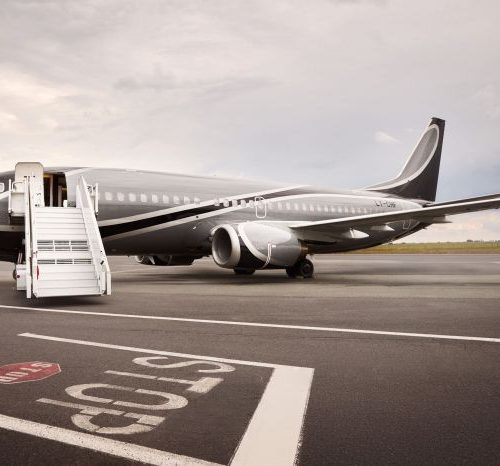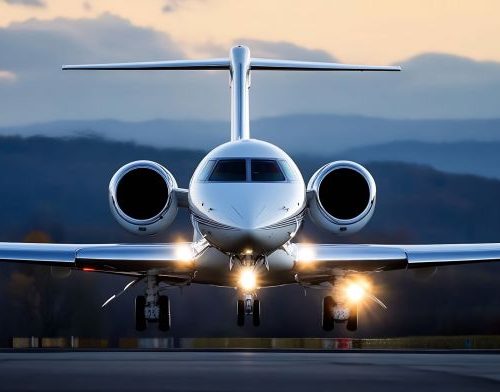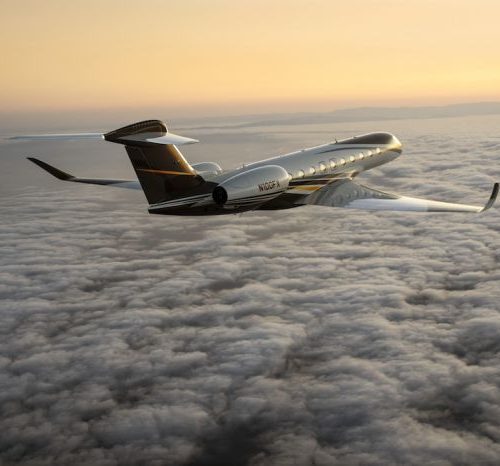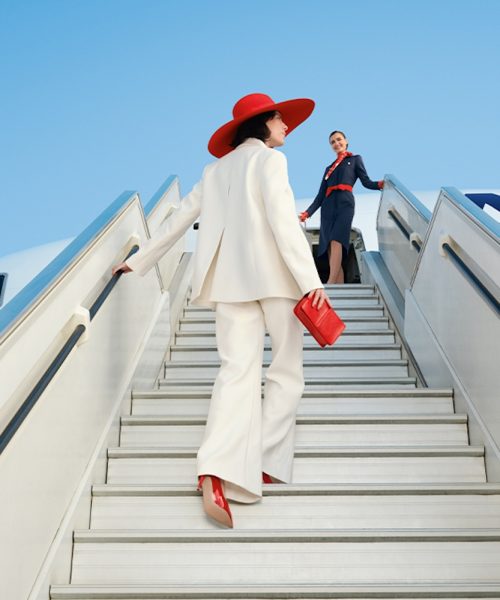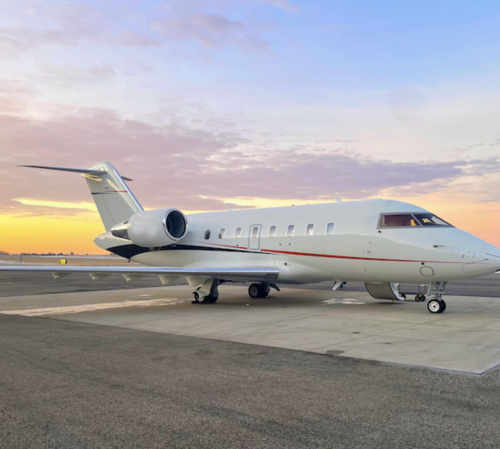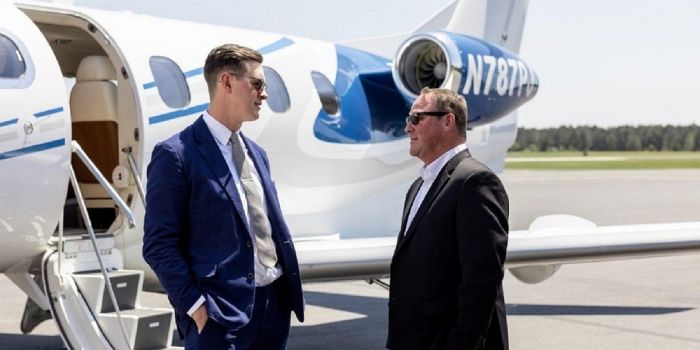
How to Conduct Yourself with Confidence and Class Aboard a Private Flight
Private jet travel represents efficiency, exclusivity, and discretion – but even in this refined environment, etiquette matters. Whether you’re boarding for the first time or flying privately on a regular basis, understanding the proper conduct onboard elevates the experience not only for yourself, but also for fellow guests and crew.
Unlike commercial airlines, private aviation is governed by unspoken standards shaped by tradition, professionalism, and mutual respect. This guide walks you through essential do’s, don’ts, and considerations to help you feel completely at ease during your flight – without ever overstepping boundaries.
Booking and Pre-Flight Etiquette: Start With Precision
Private jet travel offers freedom from rigid schedules, but that flexibility relies on precise planning behind the scenes. From the moment you confirm your charter, it’s important to provide full and accurate information. This includes passenger names as they appear on identification, total luggage weight, dietary preferences, and any special requests.
Clear communication allows flight planners and ground crews to prepare accordingly. For instance, bringing a pet or requesting last-minute catering changes may not be an issue – but failing to communicate these in advance can cause delays or even compromise safety protocols.
While the charter client often controls the itinerary, respect for all operational partners is essential. The aircraft is a sophisticated machine operated by trained professionals. Treating every party – pilots, cabin crew, dispatchers – as collaborators is both appropriate and expected.
What to Wear: Looking the Part Without Overdoing It
There is no formal dress code for private jet passengers, but there is an expectation of effort. Smart casual or understated business attire is always appropriate. While leisure clothing may be acceptable on holiday charters, worn-out T-shirts, beachwear, and overly flashy pieces are best avoided.
Your outfit should reflect your reason for flying private.
Heading to a client meeting? Opt for a blazer or collared shirt. Departing for a ski weekend?
Well-fitted travel wear and neat outerwear are suitable. Your clothing contributes to the overall tone of the journey.
Good etiquette also extends to personal grooming. Private cabins are small environments. Strong fragrances, unkempt appearances, or overly casual presentation can detract from the sense of comfort that private aviation is designed to offer.
Boarding Etiquette: Respecting Time and Space
While there’s no need to arrive two hours early as with commercial flights, arriving late is considered discourteous. A good rule of thumb is to arrive at the private terminal – commonly known as an FBO (Fixed Base Operator) – 15 to 30 minutes before your scheduled departure.
Security screening is minimal, but identification must be available. Flight crews will typically handle your luggage directly, and you’ll be escorted to the aircraft once clearance is complete. Wait for crew instructions before boarding, and avoid rushing the process.
Keep in mind that most private jets are designed with meticulous attention to detail. Avoid touching control panels, hardware, or surfaces unnecessarily. Treat the aircraft as you would a professional office or private boardroom.
Onboard Behavior: Discretion, Decorum, and Courtesy
Once aboard, passengers are expected to behave with the same level of courtesy and awareness found in high-level business or social settings. Seating is often pre-arranged or flexible – either way, allow the host or lead passenger to take the lead in choosing seats.
If food or beverages are provided, accept them graciously. Consuming alcohol is permitted on most charters, but moderation is expected. This is not a nightclub or a celebration venue – it’s a shared, mobile environment where behavior reflects directly on each guest.
Private jets offer a remarkable degree of freedom, but they are not places to abandon professional boundaries. Speak respectfully to the crew, who are there to ensure safety and comfort, not serve as entertainers or attendants. Politeness and composure go a long way.
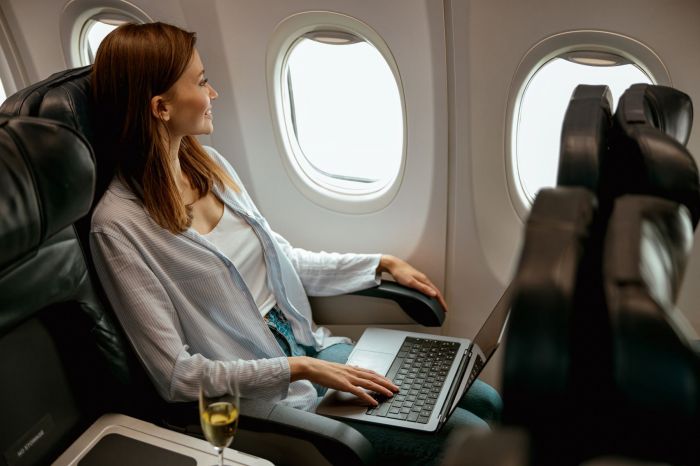
Image Shutterstock
Digital Etiquette and Privacy Expectations
Today’s private jets often come with strong internet connectivity, allowing business travellers to work mid-flight. However, this comes with responsibilities. Use headphones when listening to media or taking calls. Keep your voice low. Avoid speakerphone conversations.
Discretion is also part of the etiquette code. Refrain from taking unsolicited photos of the aircraft interior or other passengers. Discussions held onboard are expected to remain private. Confidentiality is implicit in private aviation and should be respected at all times.
Hosting Guests: Shared Standards of Conduct
If you are the primary charter client and inviting colleagues, clients, or friends to join you, make sure they understand the basic expectations. Inform them of dress standards, arrival time, and cabin decorum.
Submitting passenger names in advance is not just a courtesy – it’s often a legal requirement. Making unannounced substitutions, adding extra guests without notice, or bringing animals without disclosure can affect flight clearance and potentially result in cancellation.
Guests should be introduced to the crew and to one another when appropriate. As the host, you set the tone for the onboard experience. That includes pacing conversations, managing noise levels, and treating all staff with respect.
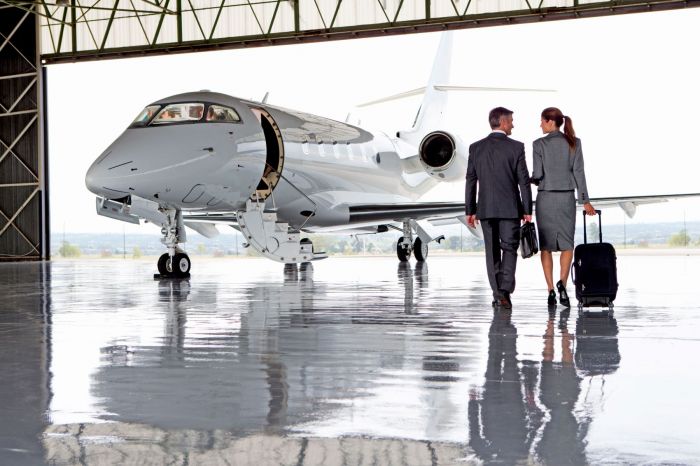
Image Shutterstock
Post-Flight Manners: The Journey Doesn’t End at Landing
As your flight concludes, it’s customary to thank the pilot and crew personally. While tipping is not mandatory, it is appreciated – especially on longer flights or when service has been exceptional. Standard tips range from £50 to £200, depending on flight duration and complexity.
If you have feedback about the flight or the overall experience, provide it through the official channel used by your broker or charter provider. Professional, constructive comments help improve future trips and signal a level of engagement that crews often appreciate.
Certainly. Here’s the revised version of the table formatted as a checklist, preserving clarity while aligning with the tone and structure of the article:
Private Jet Etiquette Checklist: Do’s and Don’ts
-Do
- Arrive at the private terminal 15–30 minutes before departure
- Dress in smart casual or appropriate business attire
- Communicate clearly with the charter provider about names, luggage, and special requests
- Follow the instructions of pilots and crew respectfully
- Use mobile devices and headphones discreetly during the flight
- Clean up after yourself and keep the cabin tidy
- Thank the crew personally after landing
- Consider tipping if service exceeded expectations
Don’t
- Arrive excessively early or just moments before departure
- Wear overly casual outfits like flip-flops, gym wear, or tank tops
- Make last-minute guest or route changes without prior notice
- Handle aircraft fixtures, controls, or cabin hardware unnecessarily
- Speak loudly, use speakerphone, or take photos of others without consent
- Treat the flight as a party or social event unless the setting permits
- Leave without acknowledging the crew or providing feedback if requested
Final Thoughts
Private jet etiquette is not about following rigid rules – it’s about mutual respect, thoughtful conduct, and creating a seamless travel experience for everyone involved. Whether you’re flying solo or with a group, understanding these practices ensures that you contribute to the comfort and professionalism that define private aviation.
The more you fly privately, the more natural these customs will feel. Etiquette isn’t restrictive – it gives structure to freedom. It ensures that every guest feels welcome, every crew member is respected, and every journey is as refined as the aircraft itself.
For those ready to experience private travel where excellence, discretion, and comfort are standard, Platinum Jets Private Charter offers worldwide access to aircraft and concierge-level support – designed with experienced travellers and first-time flyers in mind.
![]()
